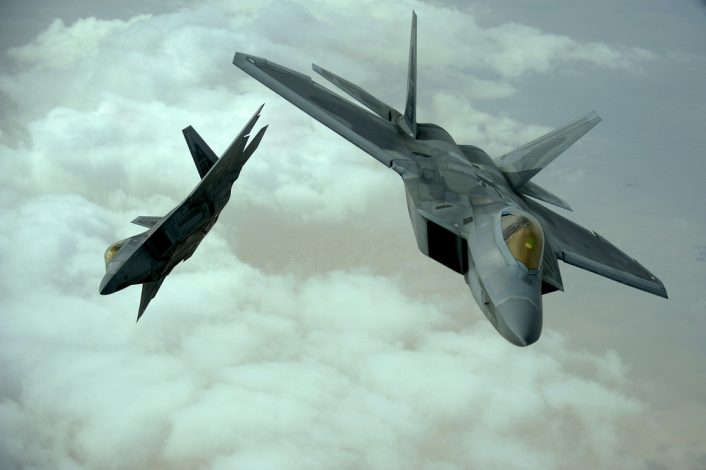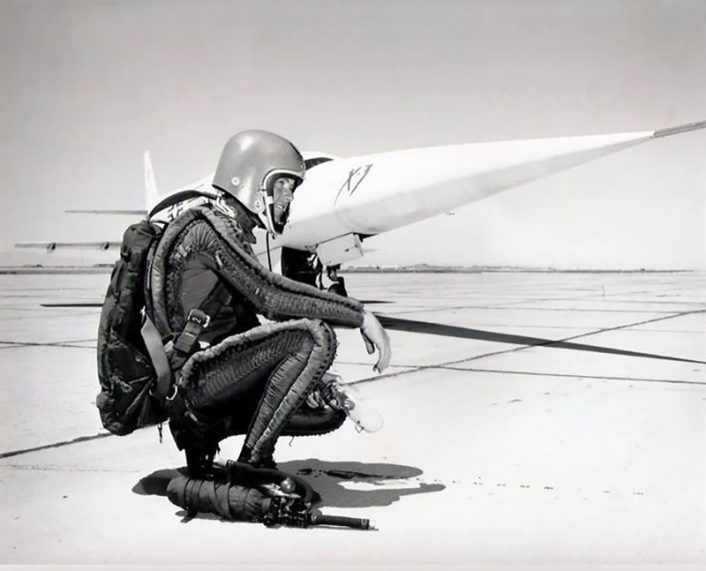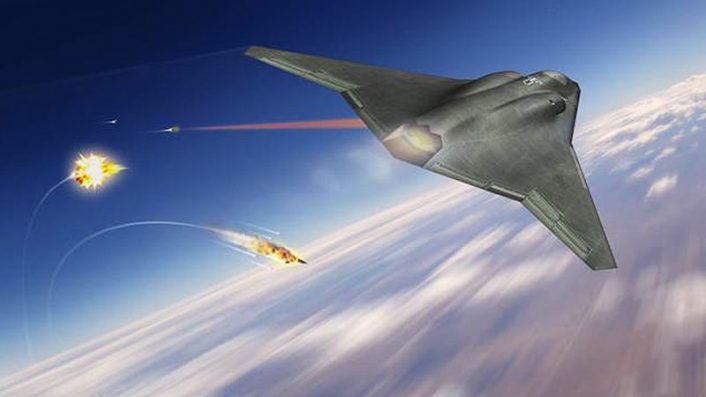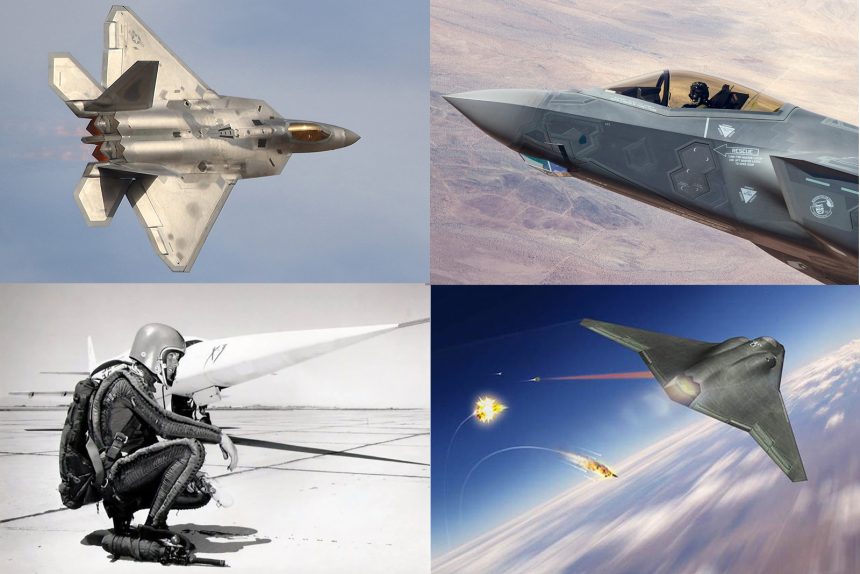USAF Celebrates Its 70th Anniversary With Reverence for History and Hunger for Innovation.
The United States Air Force turns 70 years old today. The newest branch of the U.S. military was born with the passing of the National Security Act in 1947, a restructuring of U.S. military assets in the wake of WWII. During the Second World War air combat operations were conducted by the Marines, Navy and the Army Air Corps.
The U.S. Air Force is arguably the strongest air force in the world, fielding over 5,500 aircraft across different roles. By comparison, intelligence sources cite the Russian Air Force as fielding approximately 3,794 aircraft, the Chinese Air Force claims to operate approximately 3,000 aircraft. All other countries lag significantly behind in numbers and in technology. The USAF is also the only air force in the world to have operational experience with a fifth-generation combat aircraft, the Lockheed Martin F-22 Raptor. The F-22 began flying combat missions in Syria in 2014 and has performed the precision strike, air superiority and intelligence, surveillance and reconnaissance (ISR) roles operationally.

In recent years, the Air Force has received criticism from the general public over pilot shortages and costly acquisition programs like the Lockheed Martin F-35A Lightning II, the Air Force variant of the Joint Strike Fighter. It has also rushed to field an effective ballistic missile defense system for the United States mainland, an effort made more important by concerns over recent advances in North Korean missile capabilities.
The realities of the U.S. Air Force suggest that it is efficient in fielding new programs and cost-effective with assessing developmental programs while simultaneously conducting combat and support operations in several locations around the world. One recent example of the Air Force’s highly adaptive evaluation doctrine is the Light Attack Experiment, a program to evaluate the use of low-cost, already available tactical attack aircraft.
Perhaps one of the most significant advancements has been the establishment of the 24th Air Force as “AFCYBER” or the Air Forces Cyber unit. This operational unit fielded in 2010 provides security, surveillance and combat capability on the rapidly evolving cyber battlefield. The unit is fully operational and regularly performs real-world cyber combat operations in defense of the United States and its allies.
Immediately following the formation of the U.S. Air Force 70 years ago today in 1947 the force began a period of remarkable development programs. The Cold War, a conflict that lasted from 1947 until the Soviet Union collapsed in 1991, was the primary motive for much of the development. This period of remarkable development included advancements like breaking the sound barrier in the Bell X-1 and later achieving the fastest powered atmospheric flight in the X-15.

Later the U.S. Air Force fielded the first operational low-observable or “stealth” combat aircraft with the Lockheed F-117 Night Hawk. The advanced program, that remained classified for years, was also one of the fastest and most cost-effective major acquisition programs in U.S. military history. In fact, there are so many noteworthy Air Force development programs that have set records or created new aviation capabilities they are too numerous to list in a single article.
Even as some superpowers continue to try to achieve technical parity with the U.S. Air Force the USAF continues to innovate with planning for the replacement of the F-22 Raptor, the Next Generation Air Dominance Fighter or “NGAD” and many other new systems.

Considering the U.S. Air Force is the youngest of the armed forces in the United States it is easy to suggest they are the most innovative and have experienced the most change in the last 70 years. Looking ahead to the next century of the U.S. Air Force it’s difficult to envision what it will look like and what its capabilities may be.









